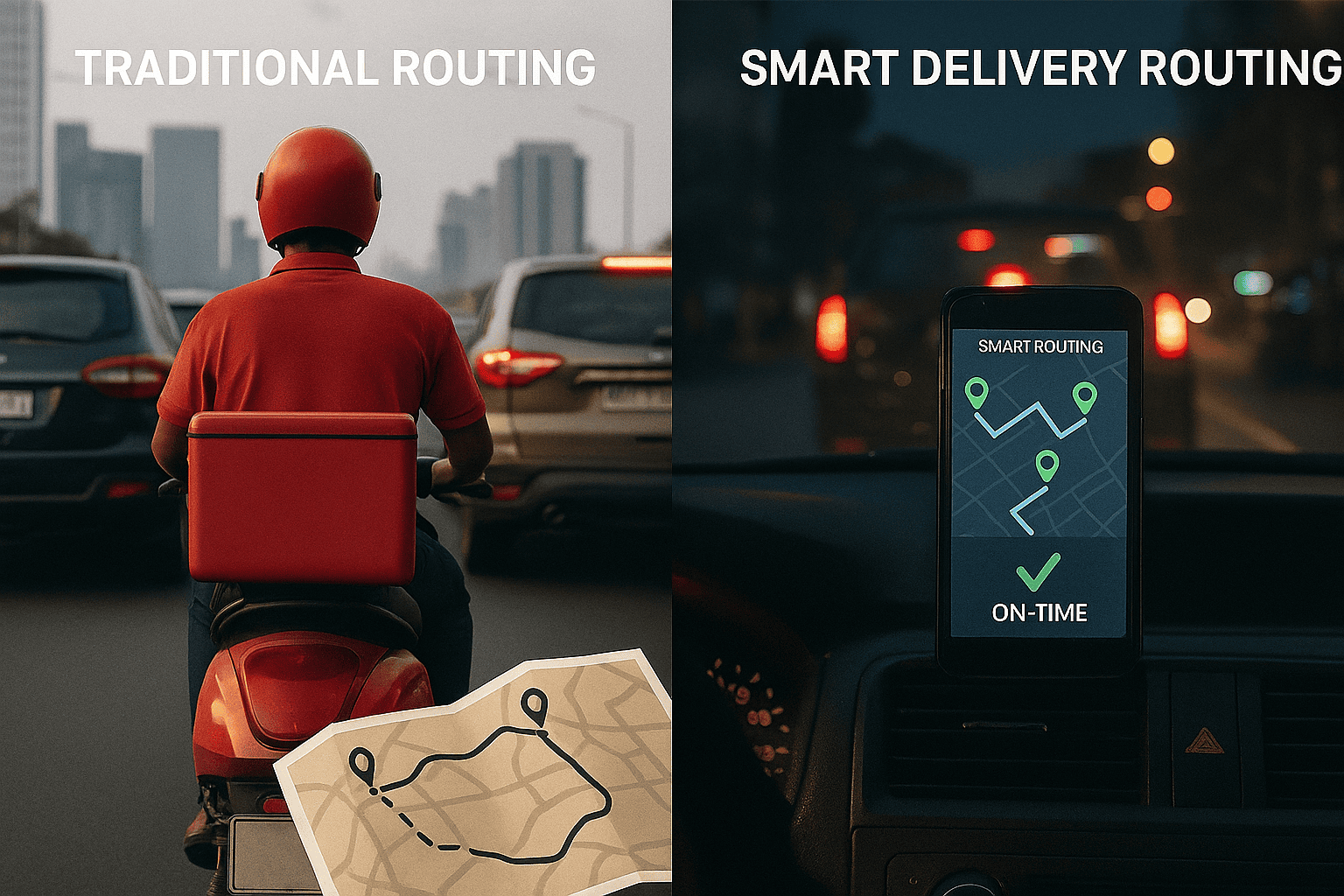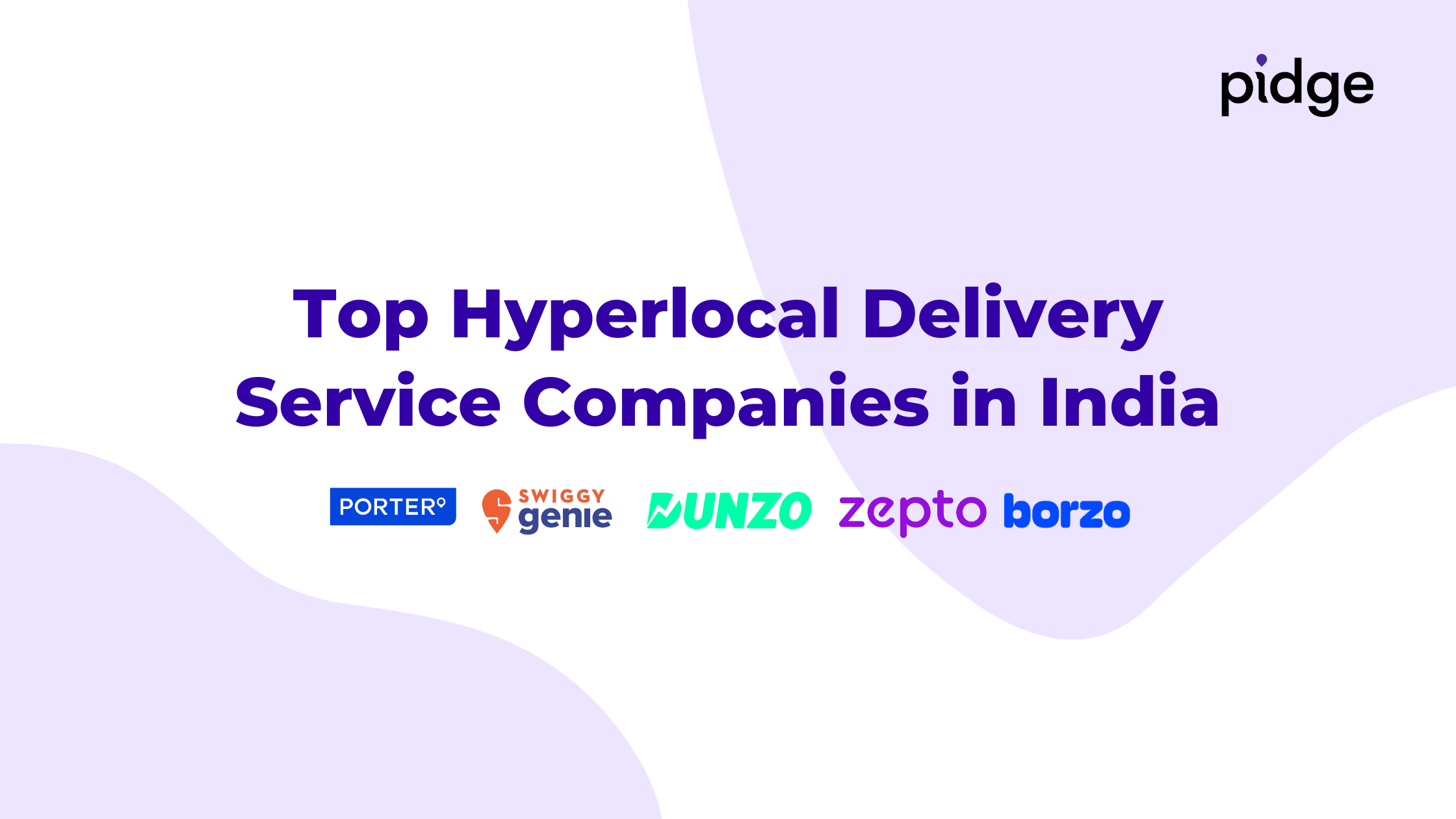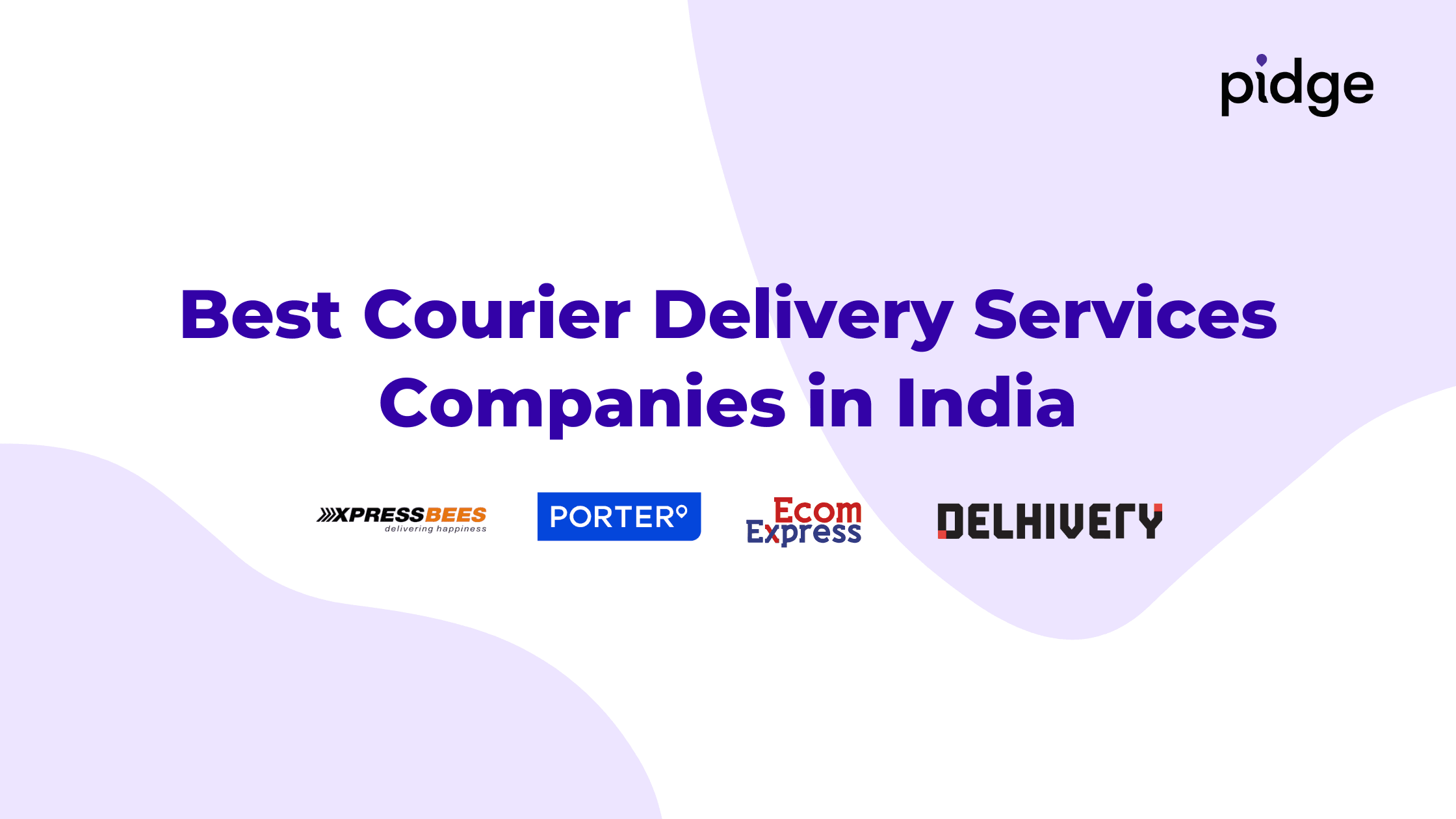In the ever-evolving landscape of logistics, India is witnessing a remarkable surge in hyperlocal delivery services that are transforming the way goods move across cities. From daily essentials to high-priority shipments, hyperlocal delivery has emerged as the cornerstone of fast-paced urban commerce. This evolution is not merely about speed - it’s a vibrant tapestry of innovation, real-time intelligence, and tailored execution. As consumers and businesses alike embrace immediacy, the hyperlocal model is not just revolutionizing logistics - it is redefining the very experience of delivery.
The Rise of Hyperlocal Delivery in India
India's hyperlocal delivery market has undergone a paradigm shift. Fueled by urban sprawl, smartphone ubiquity, and heightened consumer expectations, the demand for swift, localized logistics has soared.
📱 Hyperlocal Delivery App Market: Set to grow from $2.64 billion in 2025 to $6.63 billion by 2029, at a CAGR of 25.9%.
🚀 Quick Commerce (Q-Commerce): Estimated at $3.34 billion in 2025, reflecting a growing appetite for instant fulfillment.
🍽️ Online Food Delivery: Projected to rise from $31.77 billion in 2024 to $140 billion by 2030, with a CAGR of 28.17%.
These numbers underscore a dynamic market brimming with potential—an intricate ecosystem where logistics, technology, and consumer demand converge.
Key Players Transforming India’s Hyperlocal Ecosystem
Amid this backdrop, several companies are pushing boundaries and reimagining delivery.
Pidge – The Full-Stack Hyperlocal Logistics Platform
Pidge has carved a unique space as a logistics intelligence platform. It leverages real-time tracking, AI-driven partner allocation, and SLA forecasting to ensure delivery precision. Catering to both large enterprises and emerging SMEs, Pidge emphasizes operational scalability, attrition reduction, and tech-led fulfillment—especially in Tier I and II cities.
Shiprocket – Empowering D2C Commerce
A standout in logistics-tech, Shiprocket is facilitating seamless hyperlocal deliveries through a robust plug-and-play platform. With AI-enabled orchestration, it simplifies shipping for D2C brands, offering dynamic pricing, real-time visibility, and reverse logistics capabilities that streamline the full order journey.
Zomato (via Blinkit) – Q-Commerce Pioneer
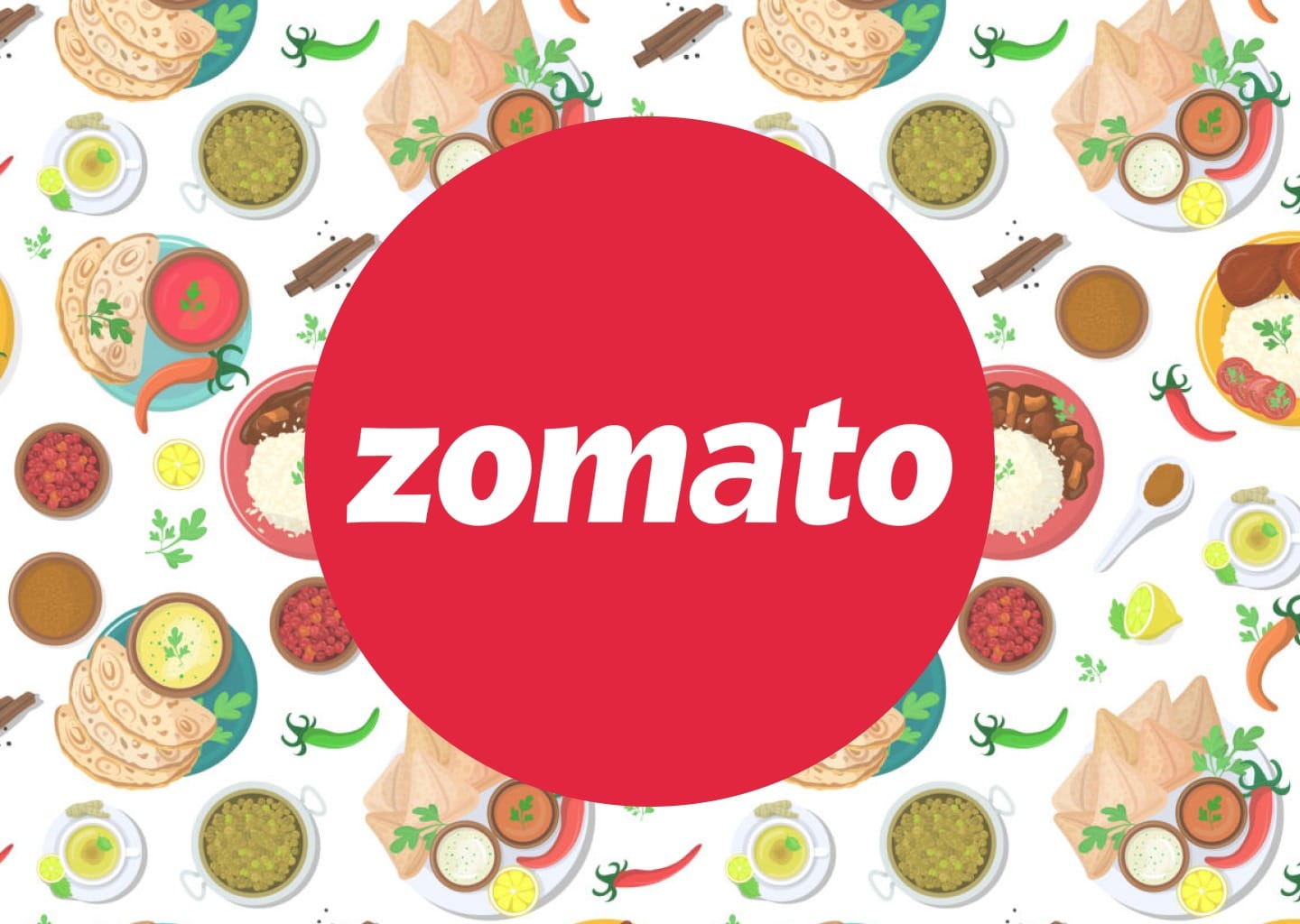
By acquiring Blinkit, Zomato has extended its prowess from food-tech to instant commerce. Its dark store network and last-mile fleet ensure deliveries in under 15 minutes, revolutionizing how urban India accesses groceries, essentials, and beyond. It is a quintessential example of synergy between food and hyperlocal logistics.
Pickrr – Data-Led Logistics Intelligence
Pickrr brings automation and analytics to the fore. It optimizes hyperlocal deliveries using data-driven allocation, integrated warehousing, and smart routing. With a vision to unlock smarter fulfillment for growing businesses, Pickrr is tailoring delivery experiences through AI and machine learning.
Swiggy Instamart – Instant Essentials at Scale
Swiggy’s Instamart has emerged as a game-changer in daily needs delivery. Backed by Swiggy’s robust logistics engine, it leverages dark stores, dynamic rider routing, and predictive demand planning to offer 15–30 minute delivery windows. The model exemplifies how food-delivery infrastructure can be repurposed for larger logistics ambitions.
Functional Capabilities Powering Hyperlocal Excellence
The strength of hyperlocal logistics lies in an ecosystem of synchronized capabilities that ensure speed without sacrificing control.
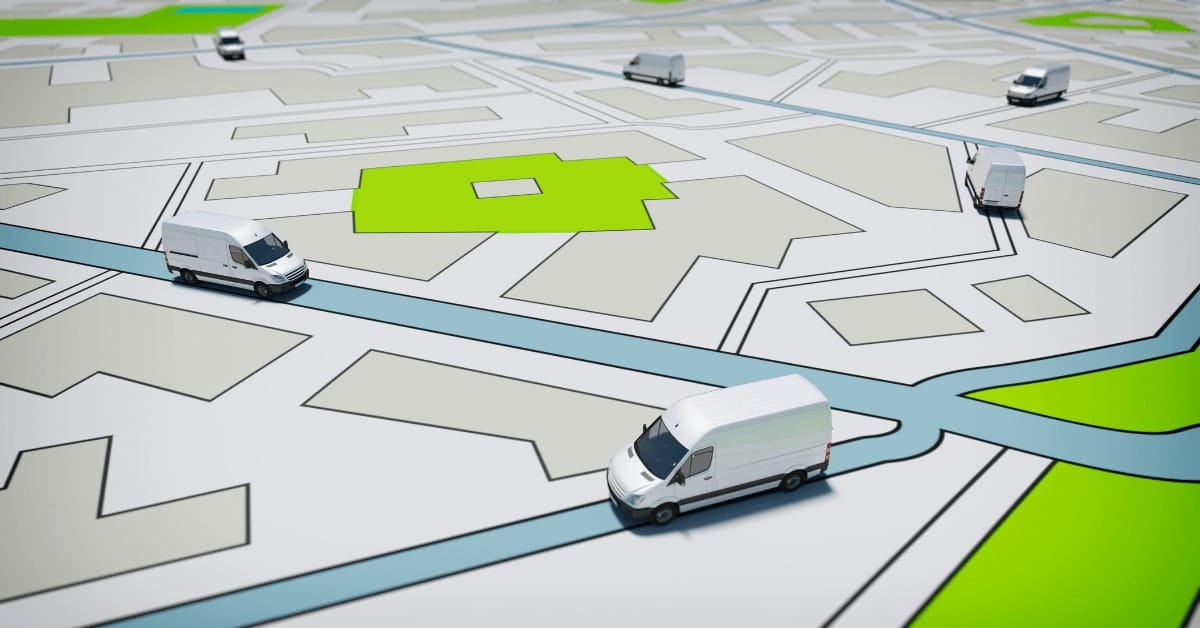
Real-Time Tracking: Offering customers complete visibility from dispatch to doorstep, real-time tracking has become a competitive necessity. It captivates consumers by ensuring transparency and enhancing trust.
Smart Inventory Management: Leveraging demand data, look-alike profiling, and micro-zoning, smart inventory ensures dark stores are stocked for predictive fulfillment, reducing stockouts and slashing delays.
Route Optimization: A cornerstone of cost-efficiency, route optimization algorithms streamline delivery paths based on traffic, priority, and density, ensuring reduced turnaround and maximized throughput.
Seamless Payments: Integrated cashless gateways and UPI systems facilitate swift checkouts and refunds—vital in a country where digital adoption is booming.
Order Management: Facilitating seamless processing across the order lifecycle, robust OMS platforms allow brands to manage everything from confirmation and modification to returns. This orchestration ensures fulfillment accuracy, especially during peak demand cycles.
Driver Management: In the realm of high-churn, hyperlocal fleets, driver management tools help allocate jobs smartly, track productivity, and foster retention. These systems play a pivotal role in enhancing delivery consistency while optimizing workforce satisfaction.
These capabilities don’t operate in silos—they’re tailored, tech-enabled, and interlinked to elevate every aspect of the delivery journey.
Challenges on the Road to Excellence
While the hyperlocal domain is brimming with potential, it also entails real challenges:
Profitability Pressures: Offering 15-minute deliveries in a price-sensitive market places strain on margins. Scaling sustainably remains a difficult equation to solve.
Infrastructure & Real Estate Constraints: Dark store proliferation is limited by urban zoning, real estate prices, and operational permissions—especially in metros.
Workforce Attrition: Rider satisfaction and retention are often overlooked. Without proper incentives and work-life balance, the gig workforce remains vulnerable and volatile.
Navigating these challenges will require a blend of tech, empathy, and long-term strategic vision.
Policy Frameworks & Ecosystem Enablers
To foster a robust hyperlocal ecosystem, supportive frameworks are pivotal.
ONDC (Open Network for Digital Commerce): The government’s initiative aims to decentralize and democratize digital commerce, allowing small retailers to plug into digital supply chains without relying on monopolistic marketplaces. It represents a bold move toward inclusivity in commerce.
Cross-Industry Collaborations: As Q-commerce blurs industry lines, partnerships between D2C brands, logistics platforms, and fintech players are shaping tailored logistics ecosystems—ones that foster agility and mutual growth.
Challenges on the Road to Excellence
While the hyperlocal domain is brimming with potential, it also entails real challenges:
Profitability Pressures: Offering 15-minute deliveries in a price-sensitive market places strain on margins. Scaling sustainably remains a difficult equation to solve.
Infrastructure & Real Estate Constraints: Dark store proliferation is limited by urban zoning, real estate prices, and operational permissions—especially in metros.
Workforce Attrition: Rider satisfaction and retention are often overlooked. Without proper incentives and work-life balance, the gig workforce remains vulnerable and volatile.
Navigating these challenges will require a blend of tech, empathy, and long-term strategic vision.
Conclusion
In conclusion, hyperlocal delivery is not merely a logistics model—it is a transformational force embedded in the daily lives of modern India. It’s an ever-evolving synergy of tech, behavior, infrastructure, and intent. Companies like Pidge, Shiprocket, Zomato, Pickrr, and Swiggy Instamart are not just delivering goods—they’re delivering experiences, trust, and immediacy at scale.
As India’s commerce continues to digitize, diversify, and demand real-time agility, hyperlocal delivery will remain the pulse of urban and semi-urban logistics. It is a realm full of potential—a living testament to the power of innovation, consumer insight, and relentless execution.
